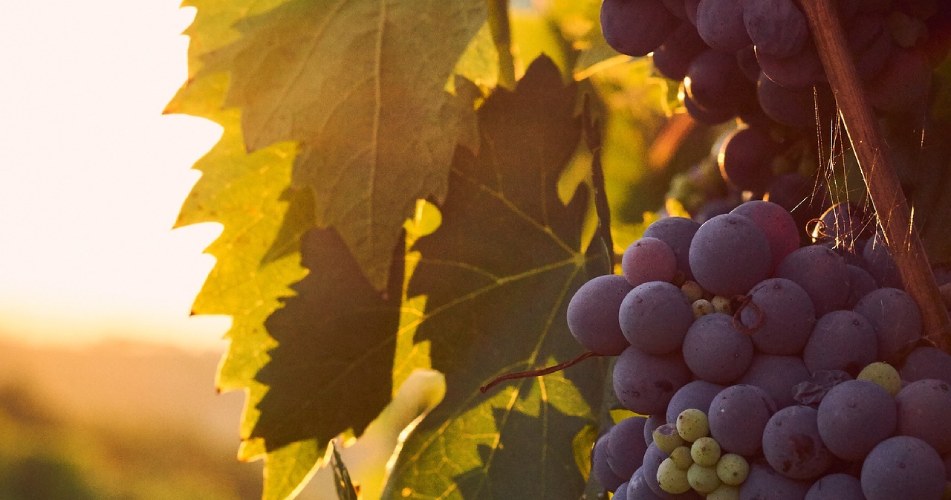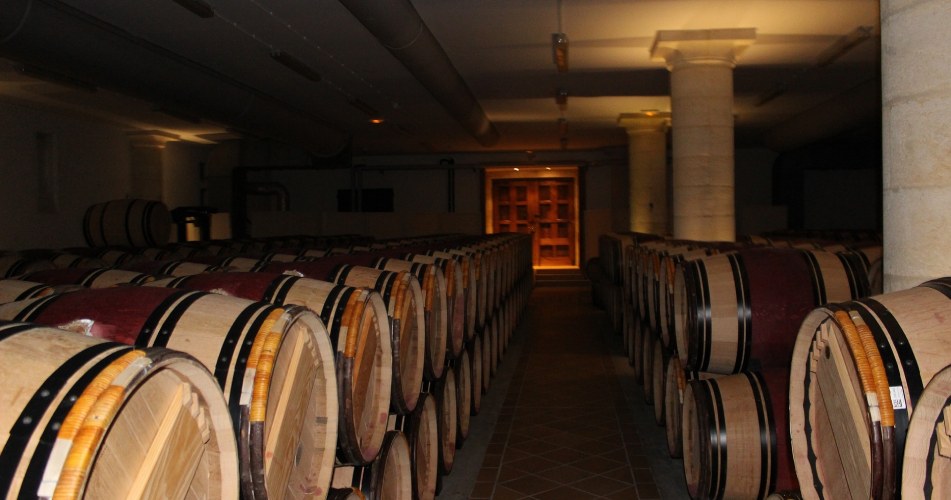
Everything you need to know
About Haute-Savoie wine
France has been globally recognized for millennia for its rich wine heritage. It is a country where each region, from Bordeaux to Burgundy and Champagne, has contributed to creating wines with a strong and distinct identity.
At the heart of this wine legacy, Haute-Savoie wine stands out for its specific characteristics, shaped by a mountainous terroir and unique climatic conditions. Many estates produce wines with distinctive flavors, and the appellations "Savoie", "Roussette de Savoie", and "Seyssel" have become emblematic.
By staying at the La Ravoire camping or Les Fontaines camping, you’ll have a unique opportunity to learn more about these exceptional grape varieties and even taste them if you wish. Meanwhile, to know everything about Haute-Savoie wine, click here!
The vineyards and wineries of Haute-Savoie
The influence of Savoyard soils and microclimates
Haute-Savoie is a land of vineyards scattered between mountains and valleys, where altitude and climate play a crucial role. Its vines mainly stretch between Lake Geneva and the Isère Valley, on rocky and limestone soils often enriched by glacial moraines. This diversity of soils and microclimates allows winemakers to produce authentic wines with unique aromas, making Haute-Savoie wines stand out with specific grape varieties like Jacquère, Mondeuse, and Gringet, showcasing the unique character of the region.
The Bas-Chablais vineyards
In the northern part of Haute-Savoie, the Bas-Chablais is home to renowned vineyards, notably Ripaille and Marin, located along the shores of Lake Geneva. These vineyards benefit from an ideal exposure and the proximity of the lake, which regulates temperatures and promotes a slow ripening of grapes. The primary grape variety in this area is Chasselas, producing fresh, light, and mineral white wines with fruity and floral notes.
The vineyards of the Combe de Savoie
Between Montmélian and Arbin, the vineyards of the Combe de Savoie are renowned for their red wines made from the Mondeuse grape. This variety produces tannic wines with complex aromas of dark fruits and pepper.
Visiting Haute-Savoie wineries and cellars
Haute-Savoie is rich in warm and welcoming wineries, such as the Domaine de Ripaille and the Château de Marignan, where visitors can discover the secrets of winemaking and taste local wines alongside winemakers. Visiting these estates allows you to immerse yourself in the region’s history and better understand the nuances of local grape varieties. Moreover, these vineyards are often located in magnificent natural settings, adding an element of wonder to your tasting experience.

Choosing the right Haute-Savoie wine
Iconic grape varieties
Haute-Savoie wine stands out for its unique grape varieties, each offering a wide range of different aromas. For white wine, Jacquère is the most widespread variety in the region, producing fresh, light, and mineral wines, perfect for pairing with fish or cheese dishes.
As for red wine, it is often made from the typical Mondeuse grape, which offers wines with dark fruit aromas, pepper, and spice notes.
Finally, the Gringet grape variety is frequently used to create sparkling, fine, and fresh wines from the Ayze appellation.
Key appellations to consider
Haute-Savoie wines benefit from three protected designations of origin (PDO): Savoie, Roussette de Savoie, and Seyssel. Each appellation reflects a unique terroir and specific winemaking techniques.
The PDO Savoie mainly produces white wines with floral, mineral, and fruity aromas.
The PDO Roussette de Savoie, with notes of honey and ripe fruits, is dedicated to white wines made from the Altesse grape.
Finally, the PDO Seyssel is renowned for its sparkling and effervescent wines, appreciated for their finesse and elegance.
Where to buy Savoie wines
For an authentic experience, nothing beats a direct visit to the wineries of Haute-Savoie. Many winemakers open their doors to wine enthusiasts, offering delightful moments of tasting and personalized advice.
Don’t miss visiting the “Caves du Château” in Faverges, where the owners provide excellent guidance, just a few minutes away from our Annecy campgrounds.
Outside the estates, some specialized wine shops in Haute-Savoie also offer a wide range of regional wines at prices suitable for all budgets. Note that wine prices vary depending on the appellation and grape variety.

Properly storing Haute-Savoie wine
Temperature and storage duration for white wines
White wines from Savoie, made from grape varieties such as Jacquère, are best stored at temperatures between 12 and 14°C. Most white wines are enjoyed young, typically within two to three years of production. The exception is Roussette, an exceptional white wine that can be aged for up to eight years, developing more complex aromas over time.
Storing red wines made from Mondeuse
Red wines, particularly those made from the Mondeuse grape, gain depth with age. To preserve their tannic character and spicy aromas, it is recommended to store them at a stable temperature between 14 and 16°C. Mondeuse can be kept in optimal conditions for up to eight years or even longer.
Storing sparkling and rosé wines
Sparkling wines from Savoie, such as Crémant de Savoie, are best enjoyed young, to fully appreciate their bubbles and freshness. They should ideally be stored upright in a cool, dark cellar. As for rosé wines, they are best consumed within two to three years of production and should be stored at a temperature between 8 and 10°C.
Properly tasting Haute-Savoie wine
Tasting wine the right way
White wines are best served at a temperature of 8 to 10°C, allowing floral and fruity aromas to fully develop. For red wines, especially Mondeuse, an ideal temperature is 12 to 14°C, as it enhances the tannic structure and spicy notes of the grape. A brief decanting can also improve the wine, especially if it has been aged for several years in a cellar.
Knowing when to enjoy your wine
Haute-Savoie wines pair perfectly with local culinary specialties. For instance, a Jacquère white wine is ideal with fish or lake crustaceans, while a Mondeuse complements meat dishes in sauce or Savoyard cheeses. For a festive evening, sparkling wines from Ayze or Seyssel are excellent choices to bring elegance and sparkle to your celebrations.
Best places to fully enjoy Haute-Savoie wine
To fully immerse yourself in the local atmosphere, it is essential to carefully choose the location for enjoying your Haute-Savoie wine.
For those seeking an authentic experience, nothing beats savoring local wine directly at the winery of your choice.
Wine lovers in search of a charming and peaceful natural setting should opt for a tasting near Lake Annecy.
Additionally, La Ravoire and Les Fontaines campgrounds, located close to the lake, provide an ideal setting to discover the exceptional flavors of Haute-Savoie wine while enjoying the fresh alpine air.
Tasting a Haute-Savoie wine is about immersing yourself in the very essence of the region, between majestic mountains and serene lakes, while savoring the unique expertise of its winemakers.
To extend the joy of this experience, La Ravoire and Les Fontaines campgrounds, located near Lake Annecy, are the perfect starting point for exploring the region's wineries and tasting local wines!